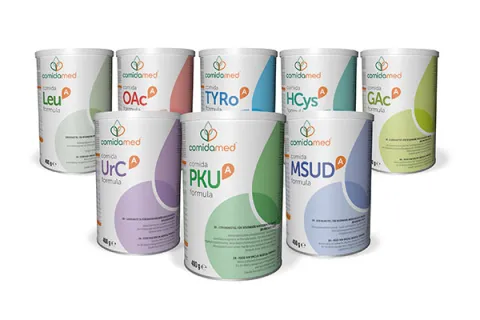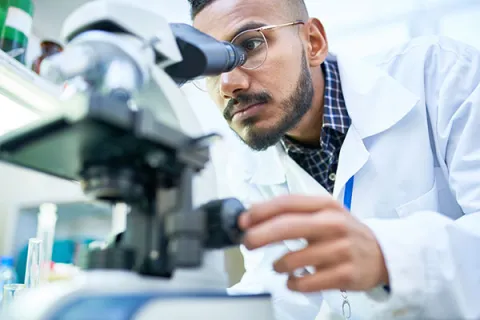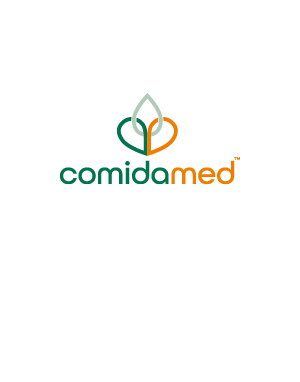An introduction to Urea Cycle Disorders (UCD)
This page helps you to understand this group of six rare, inherited disorders, how they are diagnosed and managed.
This webpage is for parents / carers of a child with a Urea Cycle Disorder (UCD), or individuals diagnosed with a UCD themselves.
Please note: Management can vary significantly between different UCDs, so the information provided is a general overview only. Always follow guidance from your healthcare professional.
What are Urea Cycle Disorders?
Urea Cycle Disorders (UCDs) are a group of 6 rare, inherited disorders, which affect the way the body processes protein.
The body normally removes waste from protein that we eat or drink, through a process called ‘the urea cycle’. For individuals with a UCD, this process doesn’t work properly, leading to a dangerous buildup of ammonia in the blood.
The disorders all present differently and are listed below:
- Carbamoyl phosphate synthetase 1 deficiency (CPS1)
- Ornithine transcarbamylase deficiency (OTC)
- Argininosuccinate synthetase deficiency/citrullinemia type I (ASS)
- Argininosuccinate lyase deficiency (ASL)
- Arginase 1 deficiency (ARG1)
- N-acetyl glutamate synthetase deficiency (NAGS)
Note: The details and symptoms of each UCD differ. This page gives a general overview only. Speak to your healthcare professional for information specific to your / your child’s disorder.
What is protein?
Protein is a nutrient needed by the body. It helps to build, repair and maintain body cells and tissues, like your skin, muscles, organs, blood and even bones.
Examples of foods which are high in protein include meat, fish, eggs, cheese, milk chicken, quorn, nuts, soya and pulses.
When we eat protein, it is broken down in the body (during digestion) into smaller pieces (like building blocks); called amino acids and also into nitrogen.
How does the body removes extra protein, if you do not have a urea cycle disorder?
Protein from food or drink.
Your body chops protein into tiny pieces called amino acids.
Your body uses what it needs, but some parts (nitrogen) are left over.
Nitrogen is changed into ammonia (which is not safe if it builds up in the blood) by a process called ‘The Urea Cycle’.
Your liver quickly changes ammonia into urea, which is safe and leaves your body in your urine.
What does ‘The urea cycle do'?
The urea cycle is a process which happens mainly in the liver, and has 2 main functions:
especially a substance called ammonia, which comes from breaking down protein in food.
Ammonia is harmful if it builds up, so the body changes it into urea, which is then removed in urine.
like the amino acid arginine, important for improving blood flow, helping to provide energy for the muscles and brain.
What causes a Urea Cycle Disorder?
Having a Urea Cycle Disorder (UCD) is nobody’s fault and there is nothing you could have done to prevent it.
UCDs are rare and occur when one of the steps in the urea cycle isn’t working properly and there is a build-up of ammonia. This happens when an individual is born with a problem (mutation) in a gene that controls one of the enzymes (special proteins) needed for the cycle to function.
See the diagram below:
There are 6 steps in the urea cycle. A defect in any one of them will lead to a urea cycle disorder which are characterised by increases in blood ammonia.
Urea cycle
UCD
Build up of ammonia
Five out of the six disorders are described as ‘autosomal recessive inherited disorders’ this means that a ‘gene mutation’ (UCD gene, thus causing a UCD), must be inherited from both parents. Parents may or may not have the disorder.
Genes come in pairs. If a parent has a ‘UCD gene’ but does not have the disorder they are called a ‘carrier’. They have one UCD gene and one unaffected gene.
If parents who are both carriers and both pass on their UCD gene, the infant will have a UCD gene from both parents and will have UCD. So, 2 people who are carriers of the UCD gene have a 1 in 4 chance of their child developing UCD. See the diagram below.
*Note ‘carriers’ generally do not know they are carriers, as they do not have the disorder and the UCD gene does not cause them any problems.

However, the most common type, called ornithine transcarbamylase deficiency (OTC), is passed down differently from the other UCDs: you may hear the term recessive ‘X-linked inheritance’.
As mentioned previously, genes come in pairs, and they sit in chains called chromosomes. Males have one X and one Y chromosome, and females have two X chromosomes.
The OTC gene sits on an X chromosome only so:
If they inherit the faulty gene on their X chromosome, they will have the disorder because they do not have a second X chromosome to provide a healthy OTC gene.
Have two X chromosomes. If they inherit one faulty gene, they can inherit a second healthy OTC gene, on their second X chromosome to protect them.
This usually means that girls are carriers (or may have mild or no symptoms), but they can still pass it on.
How are UCDs diagnosed?
Diagnosing Urea Cycle Disorders (UCDs) can be tricky, especially in newborns, because the signs can look like other illnesses.
Some countries (such as some states in USA and Denmark in Europe) do special blood tests (called newborn screening) for some of the disorders (arginase deficiency), but not all UCDs.
Often, healthcare professionals rely on reviewing the infants symptoms and their experience, to rule out other illnesses in order to make a diagnosis.
How common are UCDs?
Urea Cycle Disorders (UCDs) are rare. It’s estimated that about 1 in every 35,000 to 69,000 infants are born with a UCD. The exact number is not known because screening for UCDs is limited (see above).
What are the symptoms?
Symptoms can vary a lot and may not be obvious depending on which Urea Cycle Disorder you or your child has, so speak to your healthcare professional for details.
How are UCDs managed?
You will need to seek advice from your healthcare professionals on management.
Everyone is different and you or your child’s care plan will depend on the Urea Cycle Disorder (UCD) type, and which protein (enzyme) is affected.
The following information is very general to help give a basic understanding of what management can involve:
Acute (emergency) management
During illness or fasting, ammonia can rise quickly. Individuals follow an emergency plan (‘Emergency Regimen’) from the metabolic team, which may include stopping protein intake temporarily, giving extra carbohydrates or fluids, and seeking urgent medical care if needed.
Everyday (routine) management
Dietary
Protein from food or fluid is carefully managed to provide enough for healthy growth and repair but not so much that ammonia builds up. The exact amount is tailored to the individual.
Special medical formula
Depending on the UCD, special amino acid formulas may be prescribed to help get the right nutrients, without the build-up of ammonia.
Avoid fasting
It’s important to avoid going without food for too long, as this can make the body break down its own protein and raise ammonia levels.
Medication
Some individuals take medicines (called nitrogen scavengers) that help the body get rid of extra ammonia through the urine.
Can liver transplants help?
In some cases, yes, a liver transplant can be used as a longer-term management option for some UCDs. If a liver transplant is an option, a healthcare professional will explain the advantages and disadvantages short and long-term.
What about infants and feeding?
Infants with UCDs may need special amino acid formulas that have the right balance of protein and other nutrients. Breastfeeding can still be possible, but families should work closely with their metabolic team to make sure your infant gets the right nutrition.
Browse other topics
Discover more from the comidamed world:



